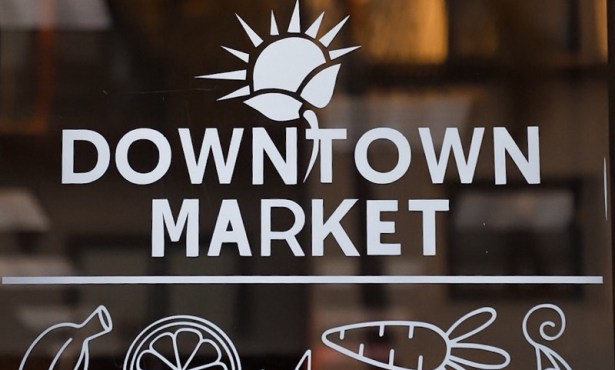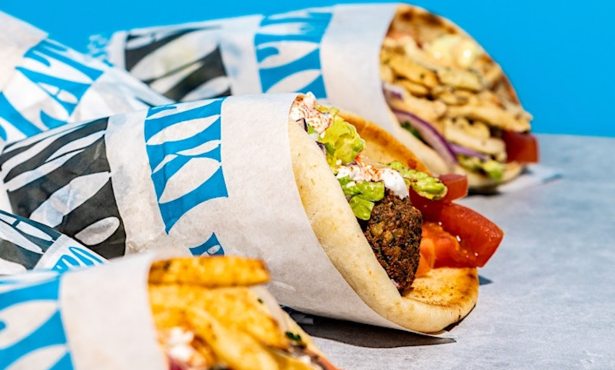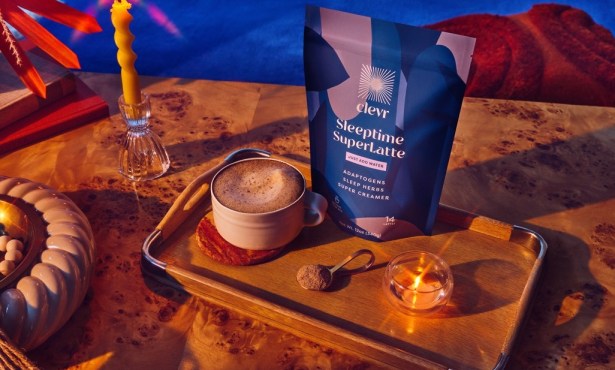What’s Up with the Santa Barbara Fisherman’s Market?
Kim Selkoe Helping Commercial Fleet Organize, Advocate, and Attract Customers
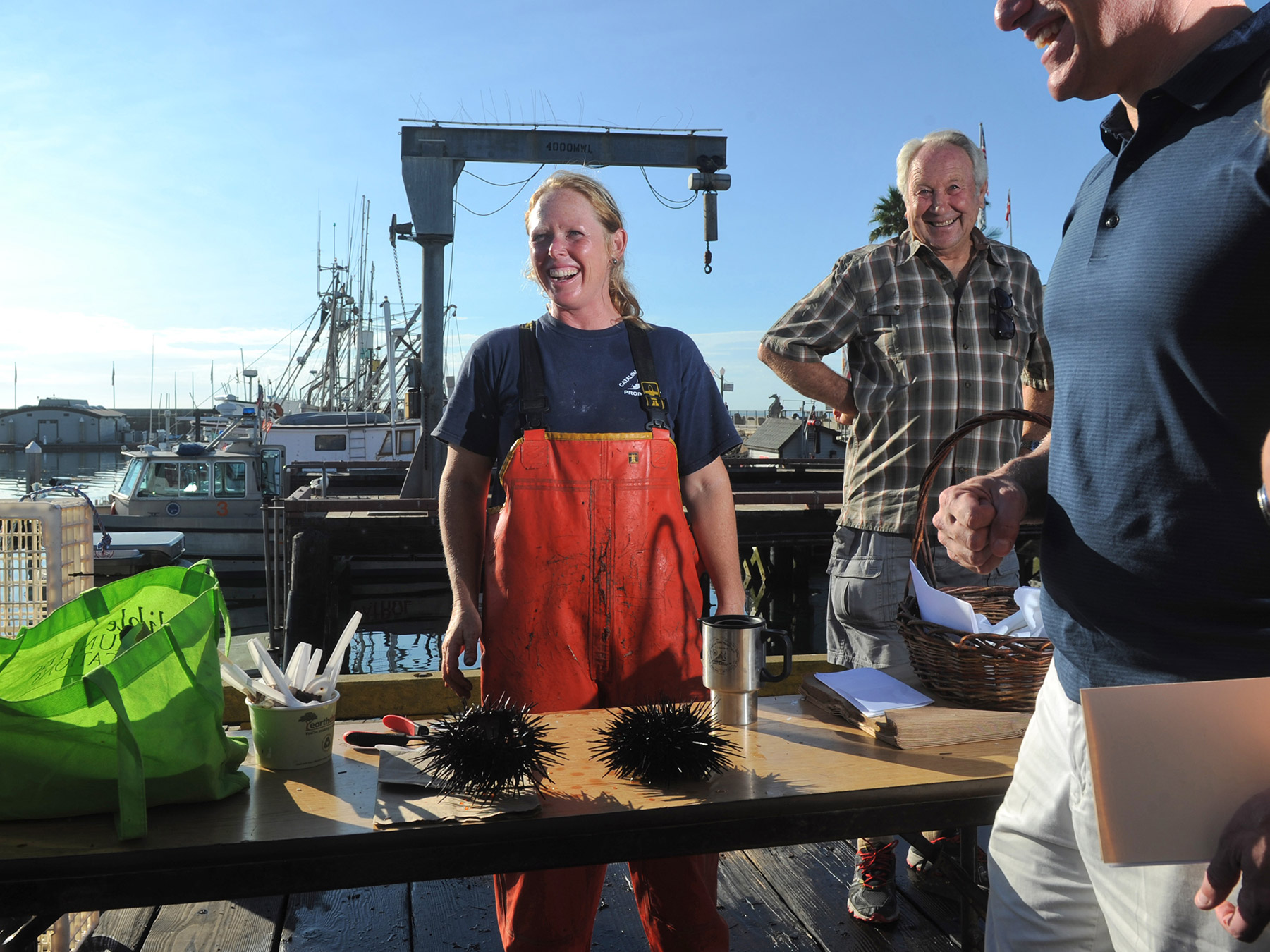
Every Saturday, from the crack of dawn until about lunchtime, there are boatloads of seafood from nearby waters for sale down at the Santa Barbara Harbor, from rockfish, sea bass, black cod, and halibut to abalone, mussels, ridgeback shrimp, a variety of crab, and lobster, depending on the season. It’s been that way since the early 1980s, when Gordon Cota and Ricky Gutierrez started the Santa Barbara Fisherman’s Market after seeing a similar operation in the Pacific Northwest.
The market, which is run by the nonprofit Commercial Fishermen of Santa Barbara (CFSB), still serves as the most direct-to-consumer interface for the harbor’s commercial fleet, which today includes about 250 vessels. Even though fishermen get a higher price than usual by selling direct — and yet the fresh fish is still cheaper to consumers than anywhere else — only a fraction have ever participated in the market, as most prefer to sell in bulk to bigger distributors. Vendors steadily dwindled in recent years, and by this past spring, there were Saturdays when only two fishermen showed up.
“Fishermen make a lot more money out on the water,” said Kim Selkoe, a marine scientist who now finds herself as one of the commercial fleet’s biggest boosters, having become the CFSB’s first-ever executive director about two years ago. She’s worked to revitalize the market by creating a vendor application process and raising money to build a fish filet station that started slicing in June. And that’s just the tip of Selkoe’s iceberg: She’s helping fishermen navigate the confusing permit process, advocating with both the city and state for supportive legislation, and hosting public events to raise seafood awareness.
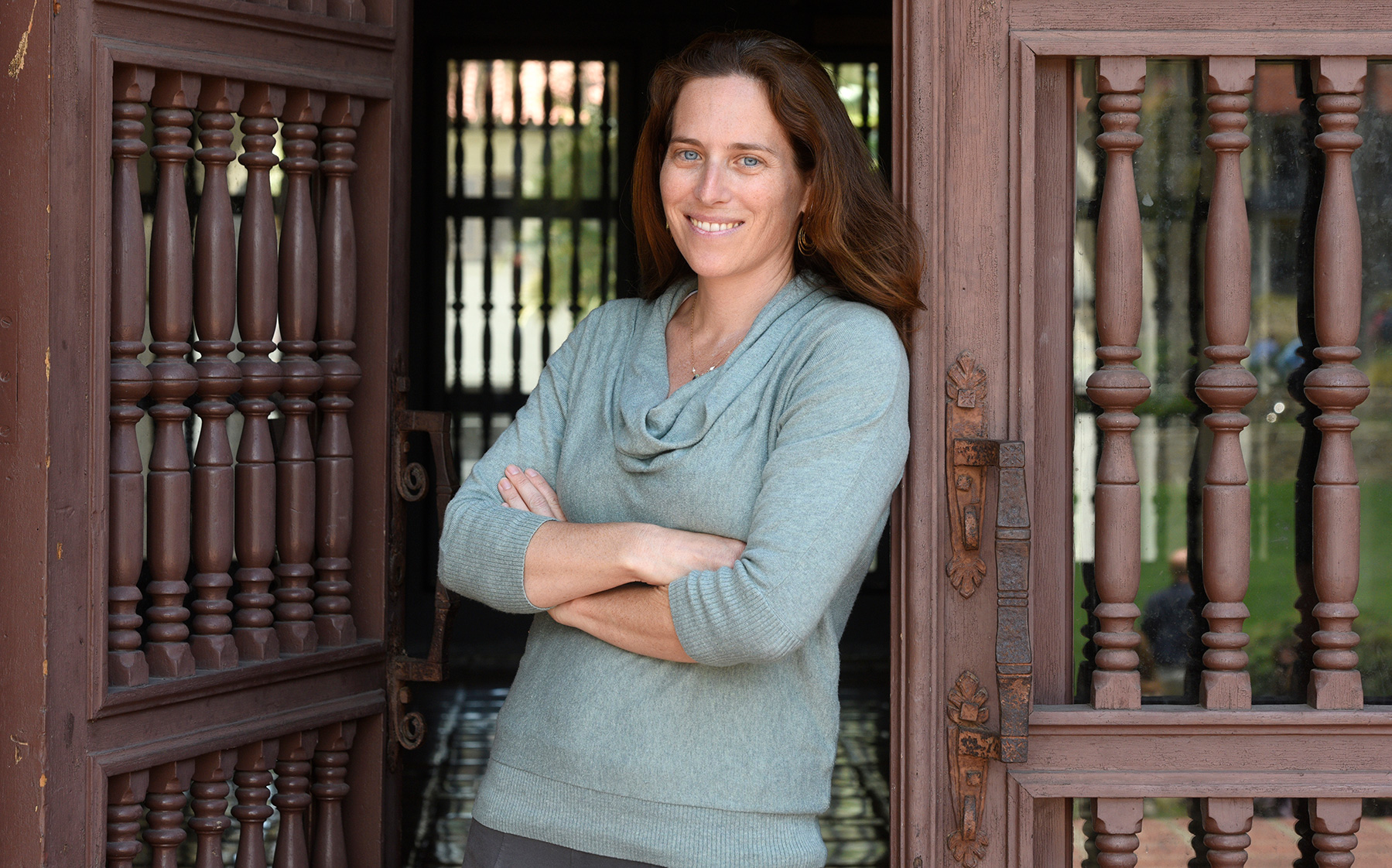
“It’s been great personally for me to get that broad perspective,” said Selkoe, an adjunct professor at UCSB’s Bren School and a senior fellow at the National Center for Ecological Synthesis and Analysis (NCEAS) who built her career on conservation science, working to save coral reefs in Hawai‘i, among other projects. Though fishermen are often cast as anti-regulation, Selkoe, a 42-year-old mother of two originally from Boston, has found Santa Barbara’s fleet to be very proactive on sustainability issues, employing best practices in gear, fighting for reduced urchin harvesting, and supporting a new spiny lobster commission.
“There are very few issues when I feel that I cannot get 100 percent behind them as a marine scientist,” said Selkoe. She agrees that many fishermen were vociferously anti-government in the late 1990s and early 2000s, when many of the state’s marine protected areas were being created, but she believes they’ve come around, at least on the whole. “The folks who survived all that are the ones who learned to work with regulations,” she said. “They understand the advantages of branding local fish as sustainable. Revenues have gone up.”
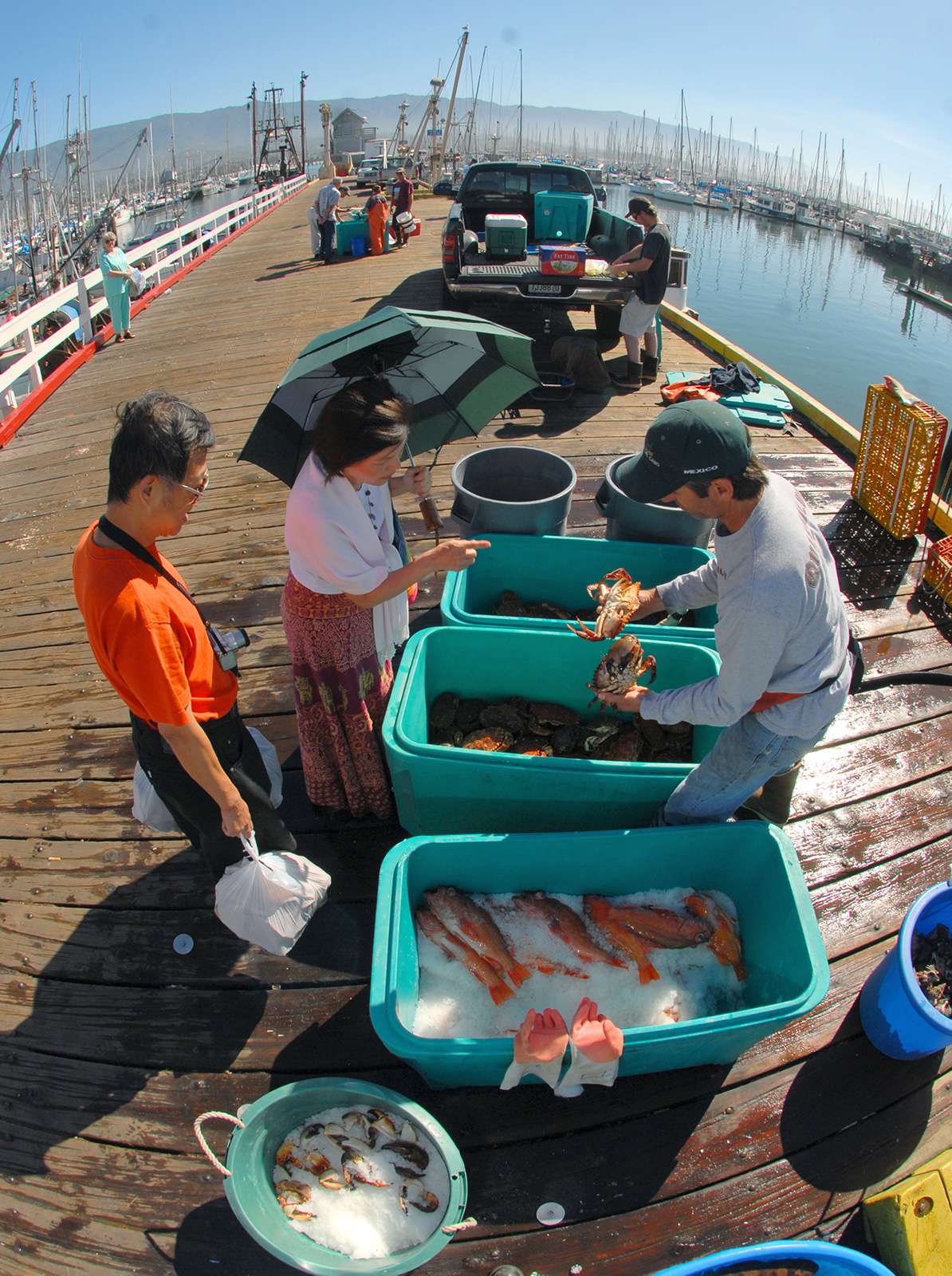
Selkoe’s work with Santa Barbara fishermen started more than a decade ago, when she coordinated with the Sea Center to create a guide to sustainable fish in 2006. Six years later, that morphed into Community Seafood, which attempted to apply the small farm industry’s community supported agriculture, or CSA, model to fresh fish. But it wasn’t economically viable.
Her current role was created thanks to a post–Refugio Oil Spill grant from Plains All American Pipeline to the S.B. Chamber of Commerce; the chamber partnered with CFSB in fall 2015 to establish FishSB, designed to “create new seafood marketing initiatives meant to improve local access to local seafood and increase our port’s resilience to market fluctuations and regulatory changes.”
As FishSB’s first director, Selkoe also took the reins of CFSB, so marketing the market occupies much of her time. In November, at the same time as game seven of the World Series, Selkoe attracted about 150 people to the Maritime Museum for Taste of the Sea, in which top chefs such as Michael Hutchings, James Sly of Sly’s in Carpinteria, and Mossin Sugich of the Yacht Club prepared their takes on fishes commonly found at the market. A silent auction raised money for CFSB, and Selkoe had individual fishermen speak about their work to the interested crowd. Popular, informational events like that are likely to be keys to her success.
She’s trying to find ways to be active behind the scenes as well, pushing on the City of Santa Barbara to be more hospitable to its fishing fleet. The Ventura Harbor, for instance, is working to establish aquaculture leases that it can sublease to mussel farmers, like Bernard Friedman, who currently works in regulatory limbo off of Hope Ranch.
“Santa Barbara is not doing that,” said Selkoe. “We risk losing people like Bernard to down there. We want Santa Barbara to be promoting a diverse coastal economy. We don’t want to lose it all to tourism.” She thinks there is a lot of opportunity in this “blue economy” that the city is not exploiting, from sustainable fishing to energy creation. There’s also talk of reviving the rig-to-reef idea of turning old oil platforms, such as the decommissioned Platform Holly, into fishing grounds.
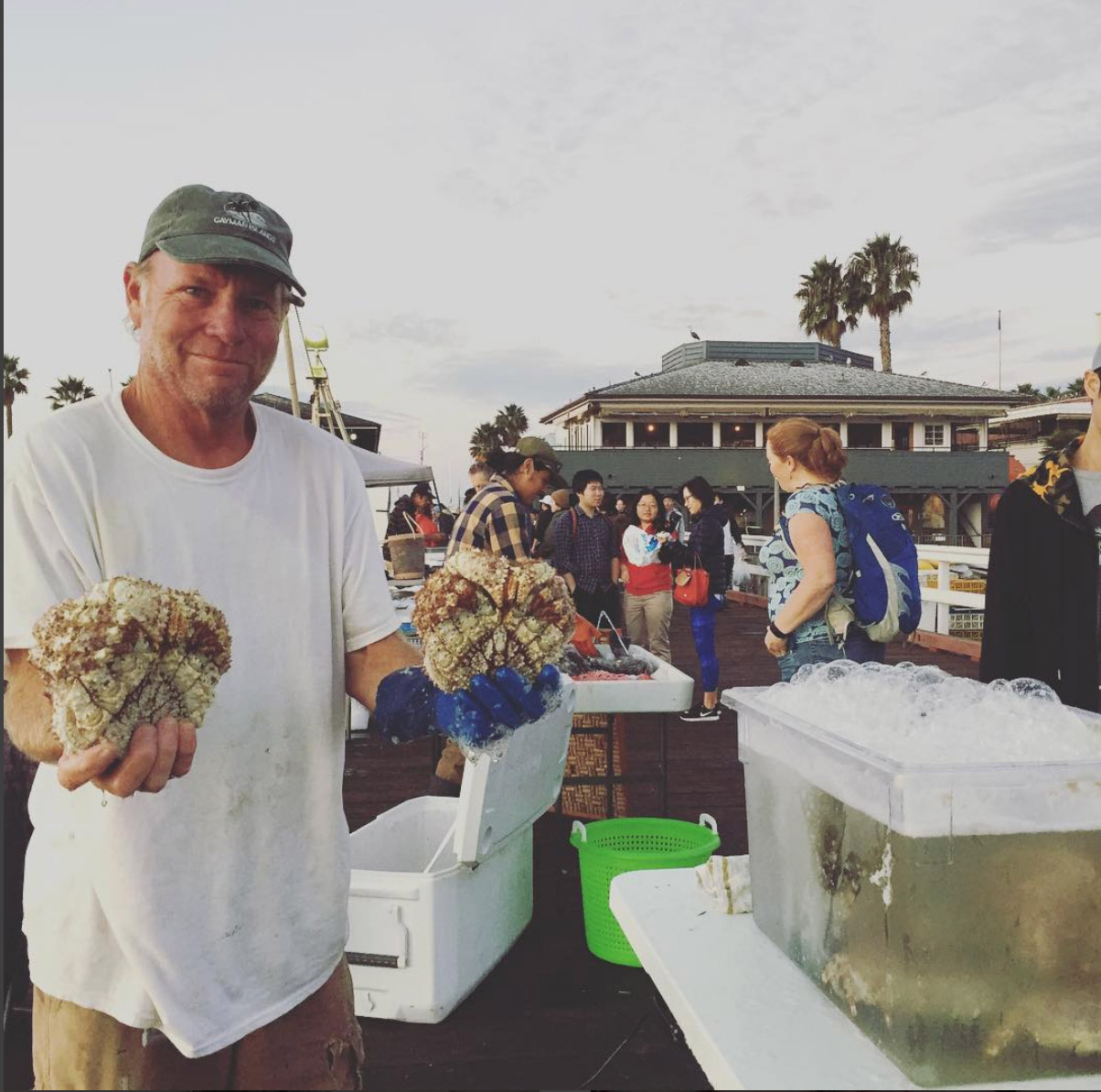
But now, with the initial Plains grant running out this year, Selkoe must focus on establishing a steady funding stream to keep her work alive. She’s inquired whether Plains will kick in more but hasn’t heard back. In the meantime, she’s raised enough money to keep her job alive through August and continues to fundraise. “I am working on getting a new community supported fishery program off the ground, and I hope that will help provide a revenue stream to keep my position going,” she explained last week, expressing hope that it starts this summer.
The Fisherman’s Market is now up to seven approved vendors, with room for quite a few more. Eventually, Selkoe would like to see the market look more like the Tuna Harbor Dockside Market in San Diego. There, a fisherman is allowed to sell up to two other’s catch (allowing them to keep fishing), a booth exists for first-time vendors to give sales a shot, and even prepared food options exist. For any of that to happen in Santa Barbara, though, there’ll be a obstacle course of permits to wade through.
“It’s still chugging along,” said Selkoe last week. “I am proud to say that all our vendors showed up last Saturday and ran a regular market despite the smoke and low customer turnout. The market hasn’t missed a Saturday since it started in the ’80s, as far as anyone can remember.” She hopes to keep it that way.
4·1·1
The Santa Barbara Fisherman’s Market is every Saturday, 6-11 a.m., at the Santa Barbara Harbor (not Stearns Wharf!). See cfsb.info/sat.

